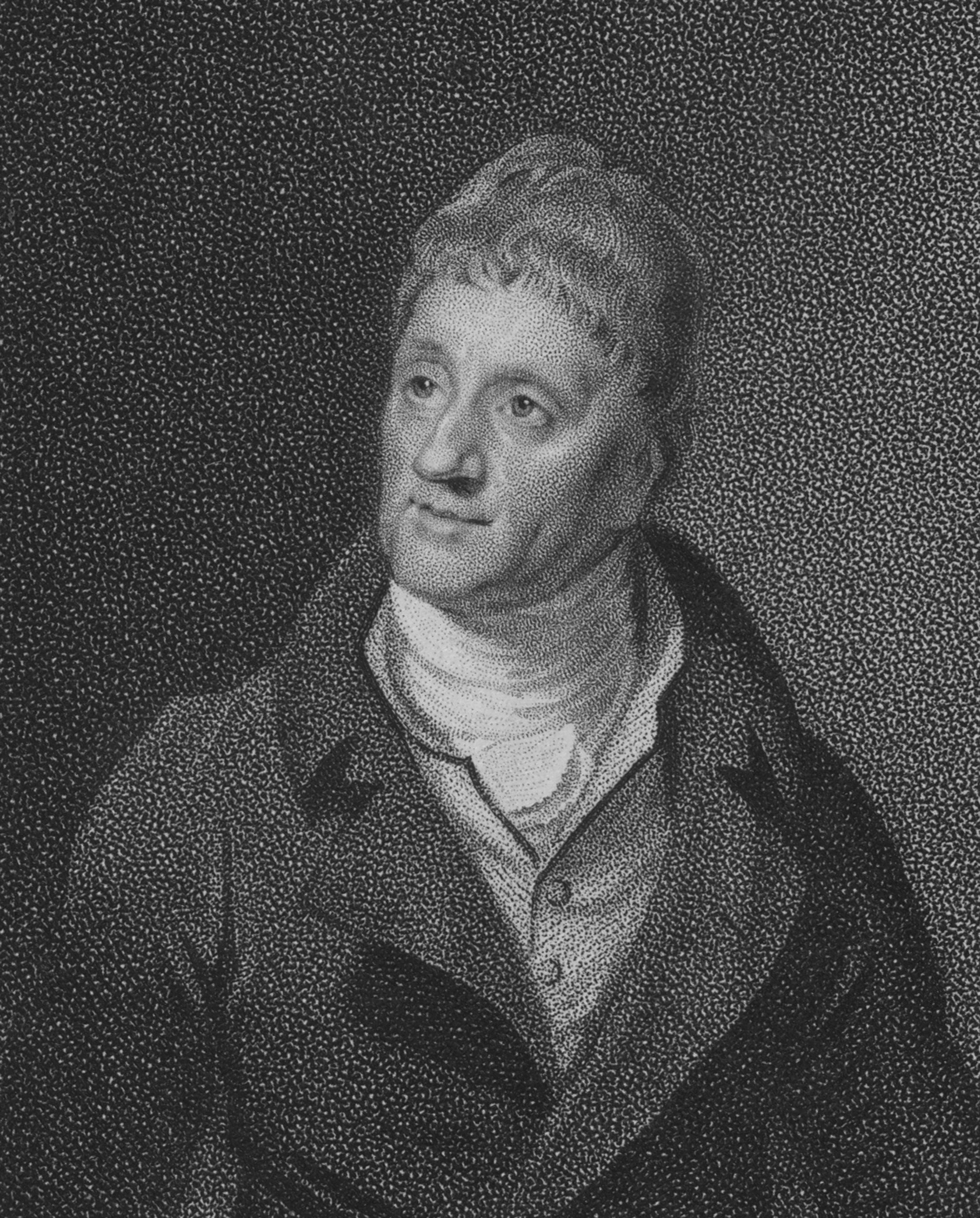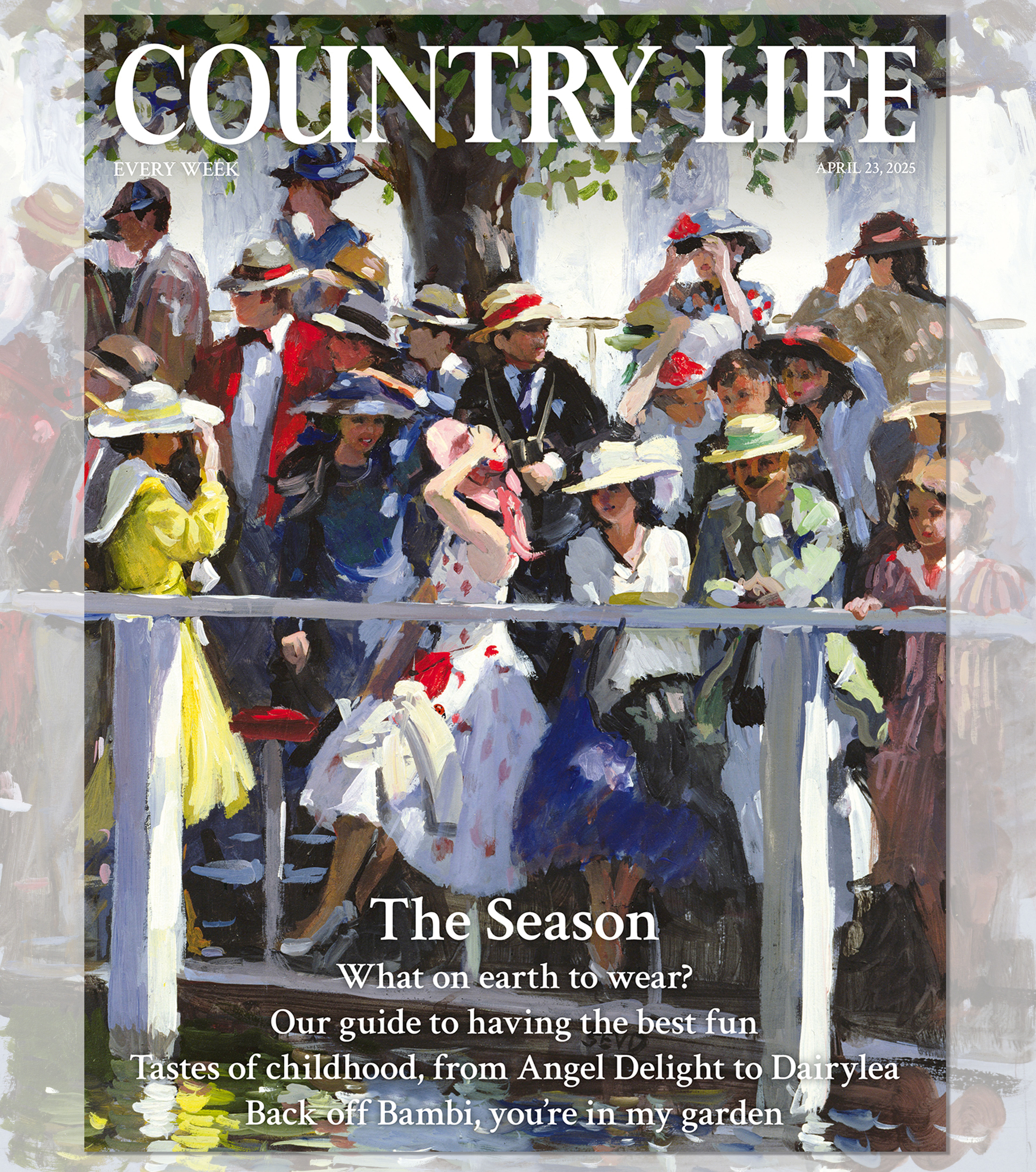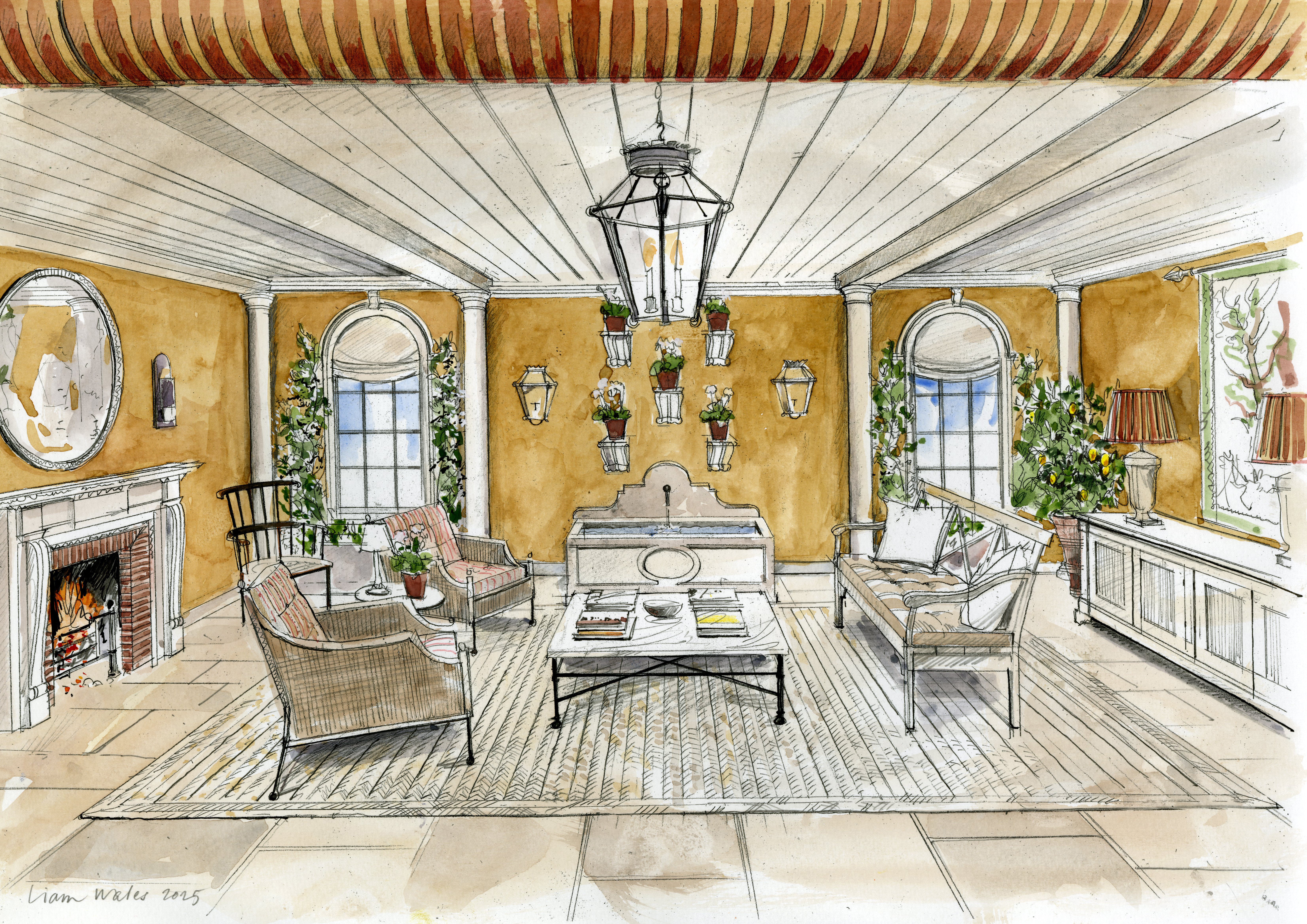Great British Architects: Sir John Soane
One of the most inventive late Georgian architects, Sir John Soane also made daring use of new technology


Sir John Soane was one of the most inventive late-Georgian architects. He distilled Classical architecture into his own highly distinctive and poetical style, responding imaginatively to the Picturesque ideal with a romantic use of light and colour that finds a parallel in the paintings of his friend J. M. W. Turner. Although never entirely confident in his handling of proportion, Soane brought an intensity and precision to his buildings and made daring use of new technology.
But his real skill lay in his masterly treatment of space and abstraction of conventional detail: he created some of the most sublime interiors of his age. It is a tragedy that so few outstanding examples survive. His Westminster law courts were demolished in the 1880s, his Bank of England in the 1920s, and many others besides. Forgotten by the Victorians, Soane’s reputation was revived in the 20th century, when he became an almost cult figure among Moderns, who admired his astylar Classicism and brilliant handling of space.
Few others have been so inspirational to leading architects of the modern age, from Richard MacCormac Philip Johnson and Louis Kahn, to Sir Giles Gilbert Scott, whose K2 telephone-box design of 1924–26 features a Soanian flattened dome.
* For more features like this every week, subscribe and save
The career of Sir John Soane
The seventh child of a bricklayer, John Soane was 15 when he joined the office of George Dance Jr, who was to have a formative influence on his development as a neo-Classical architect. Dance had a fine architectural library, taught him to appreciate music, art and literature, and helped him enrol at the Royal Academy Schools in 1771. There, Soane was particularly inspired by the lectures of Thomas Sandby and William Chambers, and went on to win the academy’s Silver and Gold Medals, the latter, in 1776, for his design for a triumphal bridge.
By this time, he had moved to the Mayfair office of the fashionable architect/speculative builder Henry Holland, where he worked from 1772 to 1778. Holland’s collection of ancient marbles must have left a strong impression on his young clerk, who lodged with him at this time. Still more significant was a trip to Italy on a travelling scholarship from the RA in 1778–80.
Soane made measured drawings of ancient and modern buildings in Rome and other sites, and met Piranesi, who gave him four plates from his Vedute di Roma. He travelled to Naples with the future Earl of Bristol, who promised commissions that came to nothing, and made other more fruitful social connections among the Grand Tourists he met in Italy.
Sign up for the Country Life Newsletter
Exquisite houses, the beauty of Nature, and how to get the most from your life, straight to your inbox.
Soane’s early years in practice were marked by a series of private and mostly modest commissions for estate buildings and country houses, such as Letton Hall, Shotesham Park and Saxlingham Rectory in East Anglia. Although he was still relatively obscure during the 1780s, his diligence, economy and attention to detail singled him out.
A dramatic turning point came in 1788, when, thanks to the support of William Pitt the younger, he won the post of architect to the Bank of England, which he held for 45 years. Soane extended and rebuilt much of the complex ‘in a style which was, far and away, the most original architectural language in Europe at that moment’ to quote John Summerson. His reductive treatment of the Classical vocabulary gave his banking halls an ‘intensity and economy of means’, and he made bold structural use of new technology.
One of the few major buildings by Soane that has survived (rebuilt after bomb damage) is the Dulwich Picture Gallery of 1811–14, a sublime exercise in abstracted Classicism, whose powerful massing owes much to Vanbrugh. Commissioned by the painter Sir Francis Bourgeois RA and incorporating a vast domed mausoleum for its founders, this was Britain’s first public art gallery.
Soane’s interest in the ‘Poetry of Architecture’ developed partly in response to the Picturesque movement. This is most strikingly demonstrated at his London home, 13, Lincoln’s Inn Fields, which he rebuilt and moved into in 1812, between acquiring Nos 12 and 14, and transformed into a shrine to his tastes and passion for collecting. Filled with paintings, architectural models, drawings, antiquities, sculpture and plastercasts, Soane’s extraordinary house-museum was intended to educate and inspire his students; in 1833, he entrusted it to the nation to be open free of charge ‘for the benefit of the public’ (www.soane.org).
Among its curiosities are elements that express something of Soane’s tendency towards introspection and melancholy. He was tenacious, irascible and easily slighted, socially uneasy and a prolific self-publicist. Preoccupied with monumental state buildings and with assuring his place in history, Soane published many volumes of his own designs and polemical writings. He and his wife, Elizabeth Smith, had four sons, two of whom survived infancy. That neither wished to follow him into architecture was a lasting disappointment, and he never got over his bitter estrangement from George, who attacked him cruelly in the press.
But Soane’s ambitious and hard-working temperament was rewarded with a knighthood and many top commissions and official appointments. The highpoint of his career came in 1806, when he was elected Professor of Architecture at the RA (a complete volume of his lectures was published in 1996). He died in 1837, and was buried in St Pancras old cemetery in the tomb that he had designed for his wife in 1815, one of his most influential buildings.
Country Life is unlike any other magazine: the only glossy weekly on the newsstand and the only magazine that has been guest-edited by HRH The King not once, but twice. It is a celebration of modern rural life and all its diverse joys and pleasures — that was first published in Queen Victoria's Diamond Jubilee year. Our eclectic mixture of witty and informative content — from the most up-to-date property news and commentary and a coveted glimpse inside some of the UK's best houses and gardens, to gardening, the arts and interior design, written by experts in their field — still cannot be found in print or online, anywhere else.
-
 Country Life 23 April 2025
Country Life 23 April 2025Country Life 23 April 2025 looks at how to make the most of The Season in Britain: where to go, what to eat, who to look out for and much more.
By Toby Keel
-
 The big reveal: A first look at Country Life's RHS Chelsea Flower Show stand
The big reveal: A first look at Country Life's RHS Chelsea Flower Show standInterior designer Isabella Worsley reveals her plans for Country Life’s ‘outdoor drawing room’ at this year’s RHS Chelsea Flower Show.
By Country Life